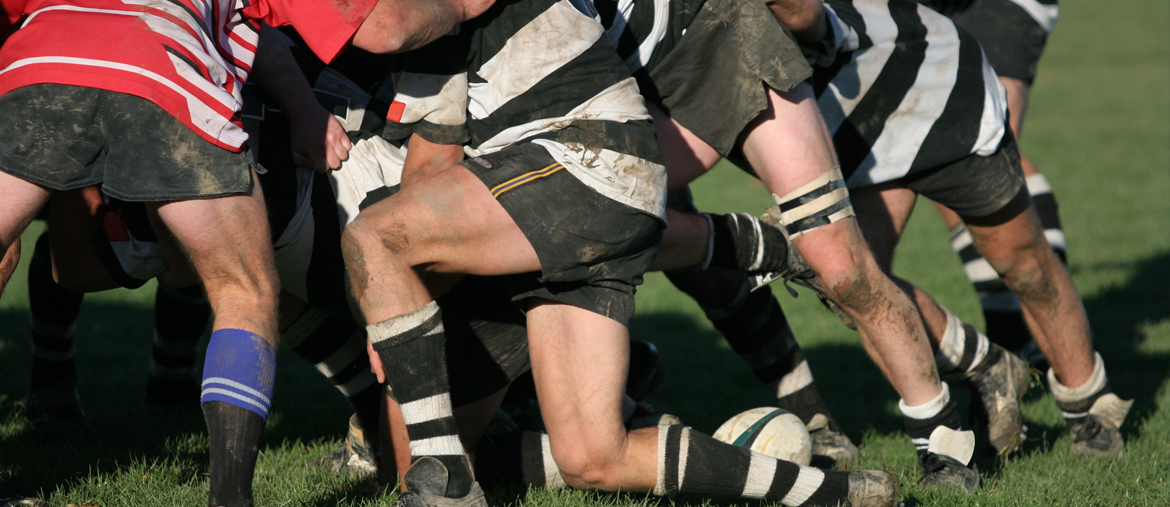
Ligaments are bands of connective tissue that attach a bone to another bone. The knee joint area has four bones, the thigh bone (femur), the kneecap (patella), the bigger shin bone (tibia) and the smaller shin bone (fibula)
Four major ligaments provide stability to the knee joint; these are two cruciate ligaments and two collateral ligaments. The two cruciates are arranged in an “X” or a cross inside the knee joint cavity and hence the name, the collaterals run on the side of the knee outside the knee joint cavity. The cruciates and the inner (medial) collateral ligament attach the thigh bone (femur) to the bigger shin bone (tibia), whereas the outer (lateral) collateral ligament attaches the thigh bone (femur) to the smaller shin bone (fibula).
They are further divided into
Anterior cruciate ligament (ACL)
The ligament, located in the centre of the knee, that controls rotation and forward movement of the tibia (shin bone).
Posterior cruciate ligament (PCL)
The ligament, located in the back of the knee, that controls backward movement of the tibia (shin bone).
Medial collateral ligament (MCL)
The ligament that gives stability to the inner knee in side-to side movement.
Lateral collateral ligament (LCL)
The ligament that gives stability to the outer knee in side-to-side movement.
Injury to these ligaments can commonly occur in sporting injuries or activities that involve sudden impact, changing of the direction and pivoting of the knee.
These injuries usually cause symptoms of pain, swelling, clicking and/or giving-way (instability) of the knee joint. The severity of the damage to these ligaments can be graded as
- Grade 1 is a stretch of the ligament without tearing it.
- Grade 2 is a partial tear of the ligament.
- Grade 3 is a complete tear through the ligament.
This also helps the treating doctor to work out how the injury needs to be treated and how long it will take to heal.











